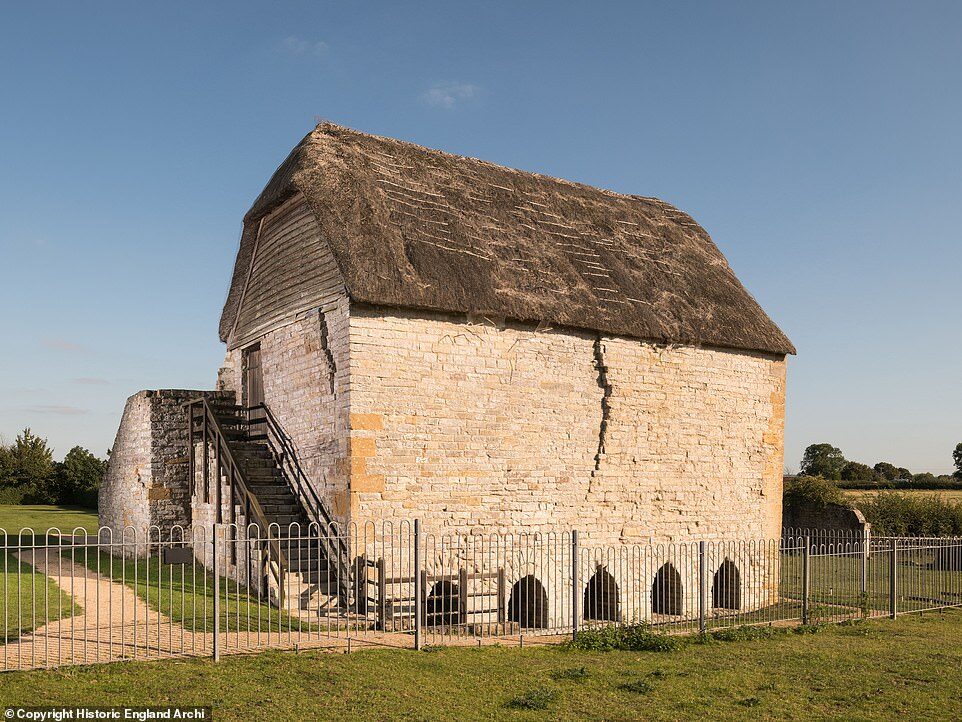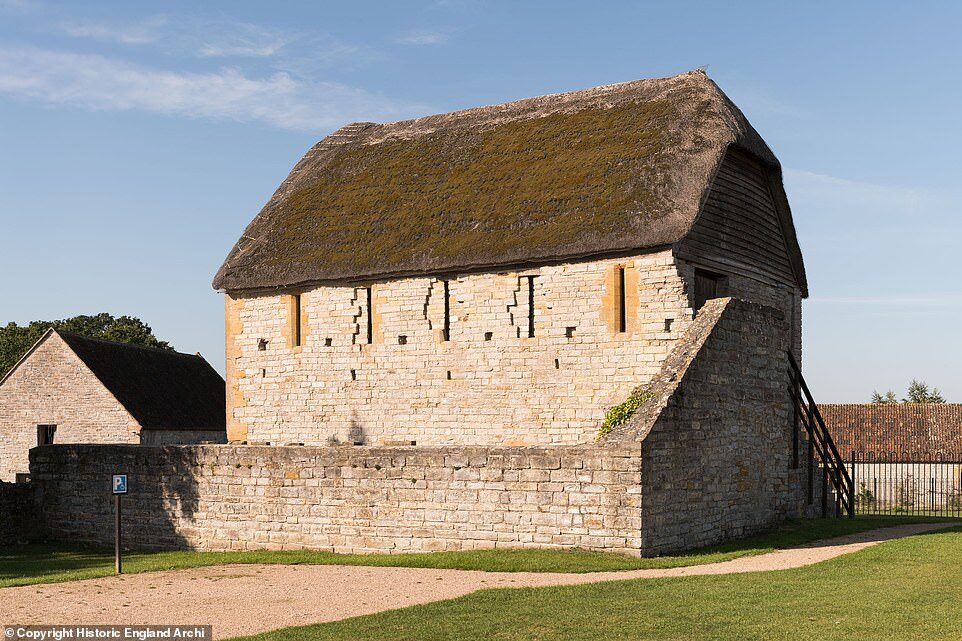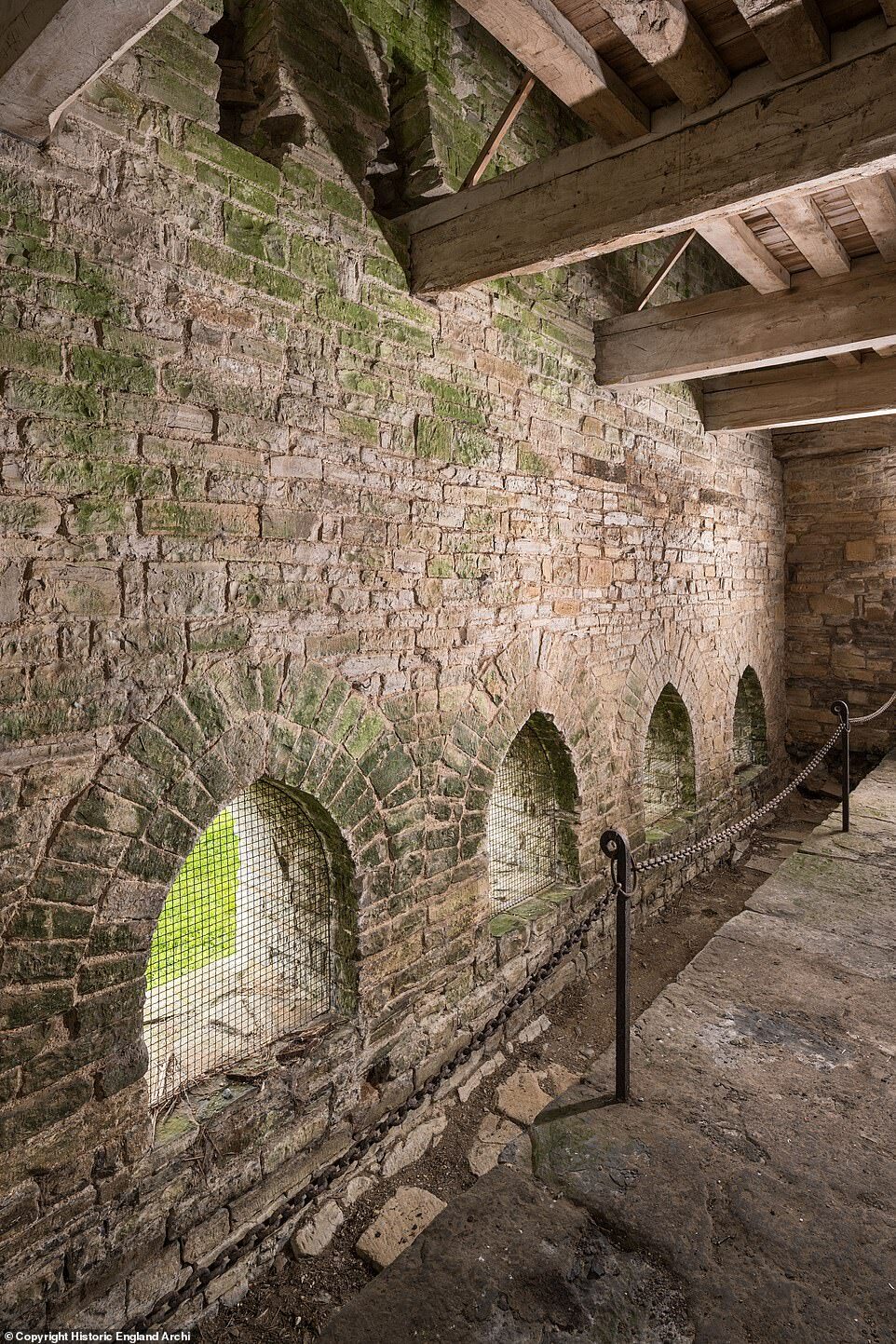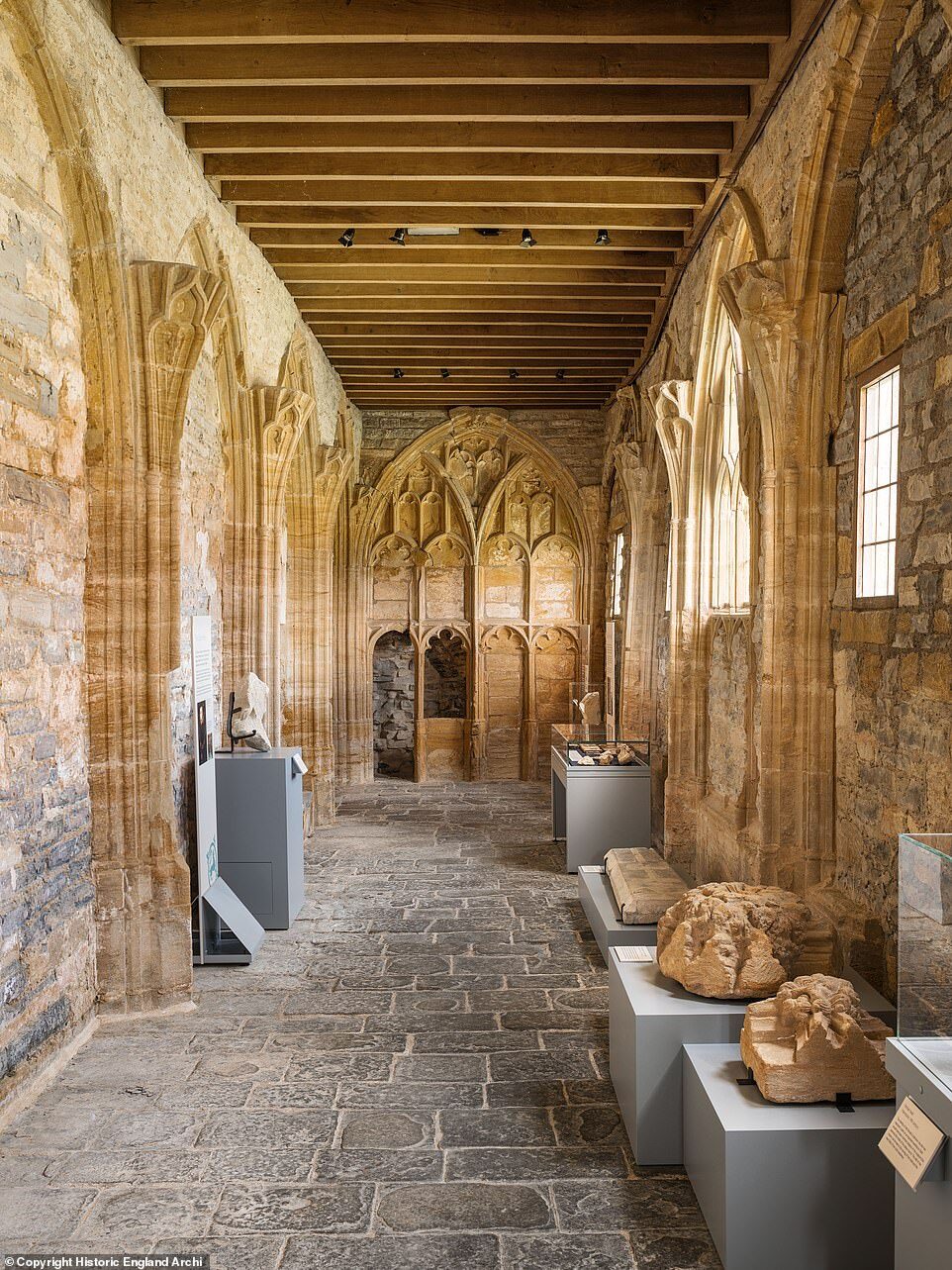
That's because new research has revealed that the abbey had a dedicated toilet block, which proved crucial in the 14th century after meat was introduced into monks' diets.
Comment: Note the original title of this article in another publication was 'meat rich diet caused monks digestive troubles', except they ate meat only twice a week. If eating meat twice a week or more caused digestive issues, our species would probably have died out a long time ago. Science has shown that our brains needed animal fat to evolve, and even now we need it to function optimally.
It caused bouts of flatulence, constipation and diarrhoea, experts said, and no doubt plenty of misery among the medieval inhabitants who had to put up with it.
The changes came about following a relaxation in Papal law in 1336, allowing monks to consume meat twice a week as long as it was not eaten in the refectory.

Comment: So their diet was already 'unbalanced', and yet, somehow, meat was the problem? Notably, we don't hear hear what their toilet habits were like prior to the introduction of meat; although this article and others based on this research are so sorely lacking in data that it's surprising the researcher and author would dare to make such blanket, unfounded statements.
And it wasn't just the gastric health of the monks that was affected — eating and cooking areas of the abbey also had to be remodelled to comply with newly introduced rules around the consumption of meat.
Up until that point the monks of Muchelney Abbey had followed the Rule of St Benedict, which prohibited eating meat from four-legged animals in the refectory.
But new research by English Heritage has revealed the changes that were made to the abbey when the law was relaxed.

The large abbey kitchen was also divided into two parts — one where food was prepared to serve in the refectory and one where meat was prepared to serve in the misericord and at the abbot's table.
The monks also made use of their 'state-of-the-medieval-art' toilet block, which was built in the 13th century.
It was originally attached to the dormitory and when complete could accommodate up to 40 monks on a bench of toilets, thankfully separated by wooden partitions.
Directly below, a drain could be accessed for cleaning — by hand — through the five arched openings on the ground floor.

A guide to healthy eating, reinterpreted from annotations to the abbey's 14th-century breviary by English Heritage historian Dr Michael Carter, shows quite how much the change in the rules was embraced at Muchelney.
It recommends a bilious combination of 'white, well-leavened' or sourdough bread, ale flavoured with herbs, and eels, a staple of the Muchelney diet.
Meat was also much in abundance, including mutton, beef, pork, venison, pigs' trotters, veal, kid, hare, rabbit and the 'ynwardes' (offal) of all beasts, except hens.
Comment: That's a quite a impressive selection of quality meats - free range and organic, too - however the monks were banned from eating them until the papal law came into affect in 1336, that allowed the eating of 'four legged' animals, then, just 11 years later, in 1347, the Black Death ravaged much of Europe: New Light on the Black Death: The Viral and Cosmic Connection
The inevitable outcome of such indulgence is evident in the suggested medical remedies added to the breviary by Muchelney's abbots.
One laxative recipe consisted of various fruit extracts, while another required the patient to take a small piece of soap and put it in their 'fundamewnt'.
Further remedies for diarrhoea, constipation, and an appetite stimulant reflect the prevalence of stomach complaints within the abbey.
Comment: A staple diet of bread, ale and eel is likely to do that.
It is generally the poorest in society who eat a staple diet of grains and vegetables, and that is rarely by choice. Meanwhile, throughout history, it is the well off who consumed higher amounts of animal products, and there's no proof that this resulted in them needing regular laxatives.
The same is true today, where health conscious people choose to eat diets high in meat and animal fat knowing it's supported not only by current scientific studies, but that it is also reflected in the historical research, lived experience, and they report the exact opposite of what's being claimed here, that their health issues generally improve, including their digestion.
However, there is one person in history, who we know suffered from the same problems as the monks, whose own doctor revealed that he had notorious digestive troubles and how he was infamous for his flatulence, he was also one of the world's most famous vegetarians: Adolf Hitler
Dr Carter said: 'The necessities of nature were an ever present concern for medieval monks — it's no coincidence Muchelney Abbey boasts the remains of a fine medieval toilet block — and diet was a constant cause of digestive problems.
'Its austerities — coarse bread, vegetables and pulses — could irritate the gut and fail to provide essential nutrients.
'But the introduction of luxuries such as red meat could likewise have unfortunate, if entirely predictable, consequences and these were clearly a source of concern for the monks.
Comment: Predictable? The Okinawans of Japan are just one people with a diet high in animal products and they have one of the longest life spans on the planet.
'Muchelney provides fascinating evidence of how the buildings of monasteries were refashioned to serve the evolving daily lives of the monks. The evidence really gets to the fundamentals of monastic life in the Middle Ages.'
Once a wealthy Benedictine monastery and the second oldest religious foundation in Somerset, when complete the abbey's buildings included a magnificent church, cloister, chapter house, dormitory, refectory, and lodgings for the abbot.

This summer the entire abbey has been given refreshed interpretation inside and out, with new explanatory panels and an updated collection of artefacts on display to the public.
WHAT WAS BRITAIN LIKE IN THE 14TH CENTURY?
During the 14th Century, Britain was in the depths of the Dark Ages.
Child mortality was high, up to a third of all children did not survive past the age of five due to illness, disease and poor medical knowledge.
Up to 20 per cent of women would die during child birth or because of post-birth infections.
If a person survived a risky childhood and lived in a time without war, the average life expectancy peaked at around 40-45 years of age.
The House of Plantagenet were the royals that oversaw the entire century; from Charles III through to the deposition of Richard II in 1399.
In the middle of the century, a four year span between 1347 to 1351 saw one of the worst pandemics of all time - The Black Death.
It killed an estimated 200 million people - between 30 and 60 per cent of the total European population.
The Oriental rat flea was infected with the Yersinia pestis bacterium which spread the plague through the dirty streets and villages that were so popular during this era as hygiene and germs were not understood.
As well as one of the worst cases of diseases in human history which killed millions of people, scores of people perished due to a lack of food thanks to The Great Famine which spanned from 1315 to 1317.
Poor weather conditions saw a terrible yield of grains and caused a Europe-wide food shortage.
Starvation accounted for millions of death and a rise in crime, cannibalism and infanticide during this time.
If childbirth, diseases, plague or starvation didn't cause a premature death many people met their end in a more violent manner as conflicts were commonplace.
The Hundred Years' War (which lasted 116 years from 1337 to 1453) was a series of conflicts waged between the kingdoms of England and France over the 'rightful' succession to the French throne.
In 1381, the working-class people snapped back at the affluent rulers in the 'Great Rising' or the 'Peasants revolt' in which 1,500 rebels died in protest against poor living conditions and increasing taxes.



Comment: So we're none the wiser as to what really was going on with their health, maybe years of an intentionally austere diet meant that, when they were finally able, they were simply incapable of digesting proper foods? People report similar issues when transitioning to to paleo, keto and carnivore diets. What is clear is that the monks were living through tumultuous times; times about which there is much we still have yet to learn.
See also:
- Jomon woman living in Japan 3,800 years ago had high fat diet and high alcohol tolerance
- Scandinavian Stone Age society more reliant on fishing than previously thought - particularly aquatic mammals
- Brutally murdered Pictish chieftain was heavily built and ate "nothing but suckling pig"
- Two megalithic groups in Spain found to have different diets, child-rearing and burial practices
- Everything About Fat
And check out SOTT radio's: The Health & Wellness Show: The Devil's in the Details: Diet Dogma and Fine-Tuning Your Own